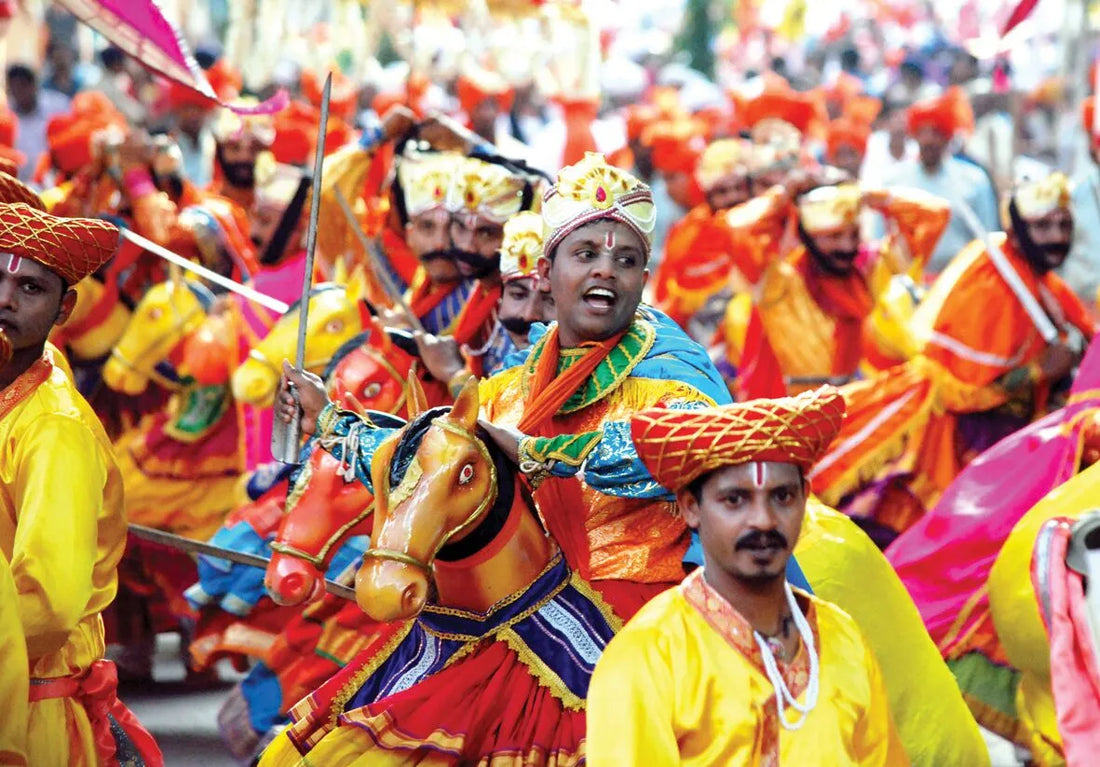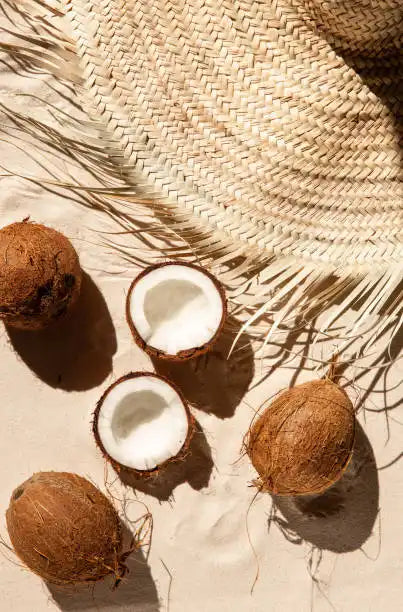
History and facts of Goa Shigmo
Share
All over India, it is celebrated as Holi but in Goa, it is celebrated as Shigmo. Goa Shigmo, also known as Shigmotsav, is a traditional Hindu festival celebrated in the Phagun (March) which is the last month of the Hindu calendar. According to Puran, the Holi was celebrated as a victory over burning the evil aunt Holika, who wanted to kill her religious nephew Prahald for repeating the name of the Lord. Some also believed that Holi is observed to remember Putana’s demise at the hands of Lord Krishna. In ancient times, it was also believed that Holi was celebrated as a harvest festival. The festival was a way for the people of Goa to thank the gods for a plentiful harvest and to pray for good crops in the coming year.
Over time, the festival evolved to include elements of Hindu mythology and folklore. The festival is now celebrated as a way to honor the gods and goddesses, as well as to showcase the rich cultural heritage of Goa.
During the festival, people dress up in colorful costumes and dance through the streets in a procession. The dances are accompanied by traditional music played on instruments such as the dhol, tasha, and shehnai. The dances vary depending on the region of Goa and may include the Romta Mel, Ghode Modni, and Fugdi.
Goa Shigmo is an important festival for the people of Goa, and it is celebrated with great enthusiasm and fervor. It is a time for people to come together, celebrate their culture and traditions, and express their gratitude to the gods for the blessings they have received.
Facts of Goa Shigmo in Portugues rule
During the Portuguese rule in Goa, many traditional Goan festivals were suppressed by the colonial rulers. The Portuguese were not interested in promoting local festivals and culture, as they wanted to impose their own culture on the Goan people.
Goa Shigmo was one of the festivals that were suppressed by the Portuguese during their rule in Goa. The festival was banned in the 16th century by the Portuguese. The Portuguese rulers wanted to suppress any form of Goan culture, and Goa Shigmo was one such festival that they wanted to eliminate.
However, despite the Portuguese ban on the Shigmo in Goa, the people of Goa continued to celebrate it secretly. The festival was celebrated by small groups in remote areas of Goa. People would gather in secret places and perform traditional dances and music, keeping the spirit of the Goan festival alive.
It was only after Goa was liberated from Portuguese rule in 1961 that Goa Shigmo was restarted and celebrated openly once again. Today, Goa Shigmo is an important festival in the state of Goa, attracting tourists from all over the world.
Shigmo evolution from the past 10 year
The exact origins of Goa Shigmo are not known, but the festival is believed to have originated in Goa several centuries ago as a harvest festival. The festival was originally celebrated by the farming community of Goa, who would come together to celebrate the end of the harvest season. Goa was ruled by various dynasties such as the Satavahanas, Kadambas, and the Vijayanagara Empire, who brought their traditions and customs to the region. These traditions blended with the local culture and gave rise to the unique festival of Goa Shigmo.
In olden times, Goa Shigmo was a simple festival celebrated by the farming community of Goa as a way to thank the gods for a bountiful harvest and to pray for good crops in the coming year. The festival was celebrated in a very simple and traditional way, with people dressing up in their best clothes and performing traditional dances and music. The dances performed during Goa Shigmo in olden times were very different from the ones performed today. The dances were usually performed by men and women separately, and the costumes worn were very simple. The music was also very simple, with only a few instruments such as the dhol, tasha, and shehnai being used.
Over time, Goa Shigmo has become an important cultural event, attracting tourists from all over the world. The festival is now celebrated with great enthusiasm and fervor, and it is an excellent way for people to come together, celebrate their culture and traditions, and express their gratitude to the gods for the blessings they have received.


